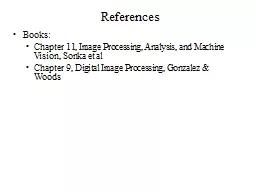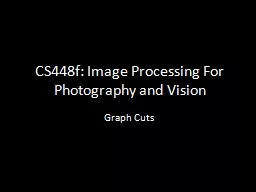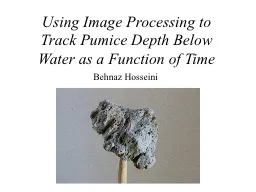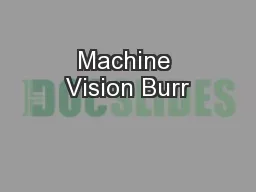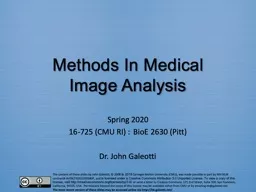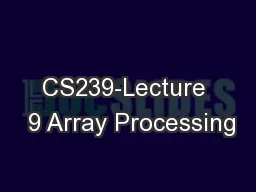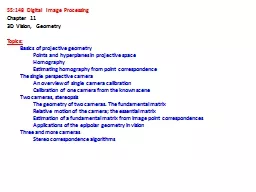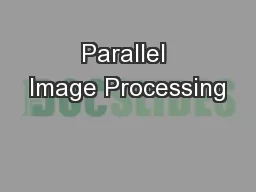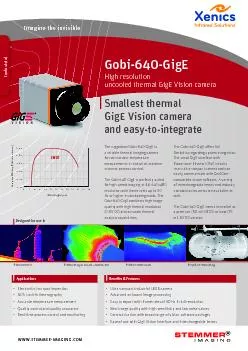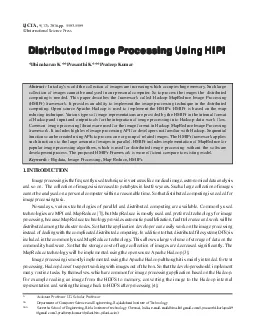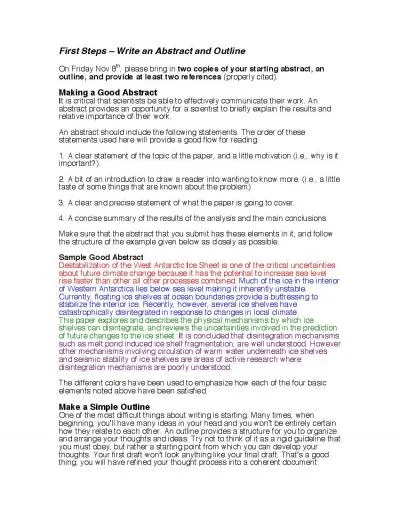PPT-References Books: Chapter 11, Image Processing, Analysis, and Machine Vision, Sonka et
Author : min-jolicoeur | Published Date : 2018-02-27
Chapter 9 Digital Image Processing Gonzalez amp Woods Topics Basic Morphological concepts Four Morphological principles Binary Morphological operations Dilation
Presentation Embed Code
Download Presentation
Download Presentation The PPT/PDF document "References Books: Chapter 11, Image Proc..." is the property of its rightful owner. Permission is granted to download and print the materials on this website for personal, non-commercial use only, and to display it on your personal computer provided you do not modify the materials and that you retain all copyright notices contained in the materials. By downloading content from our website, you accept the terms of this agreement.
References Books: Chapter 11, Image Processing, Analysis, and Machine Vision, Sonka et: Transcript
Download Rules Of Document
"References Books: Chapter 11, Image Processing, Analysis, and Machine Vision, Sonka et"The content belongs to its owner. You may download and print it for personal use, without modification, and keep all copyright notices. By downloading, you agree to these terms.
Related Documents

